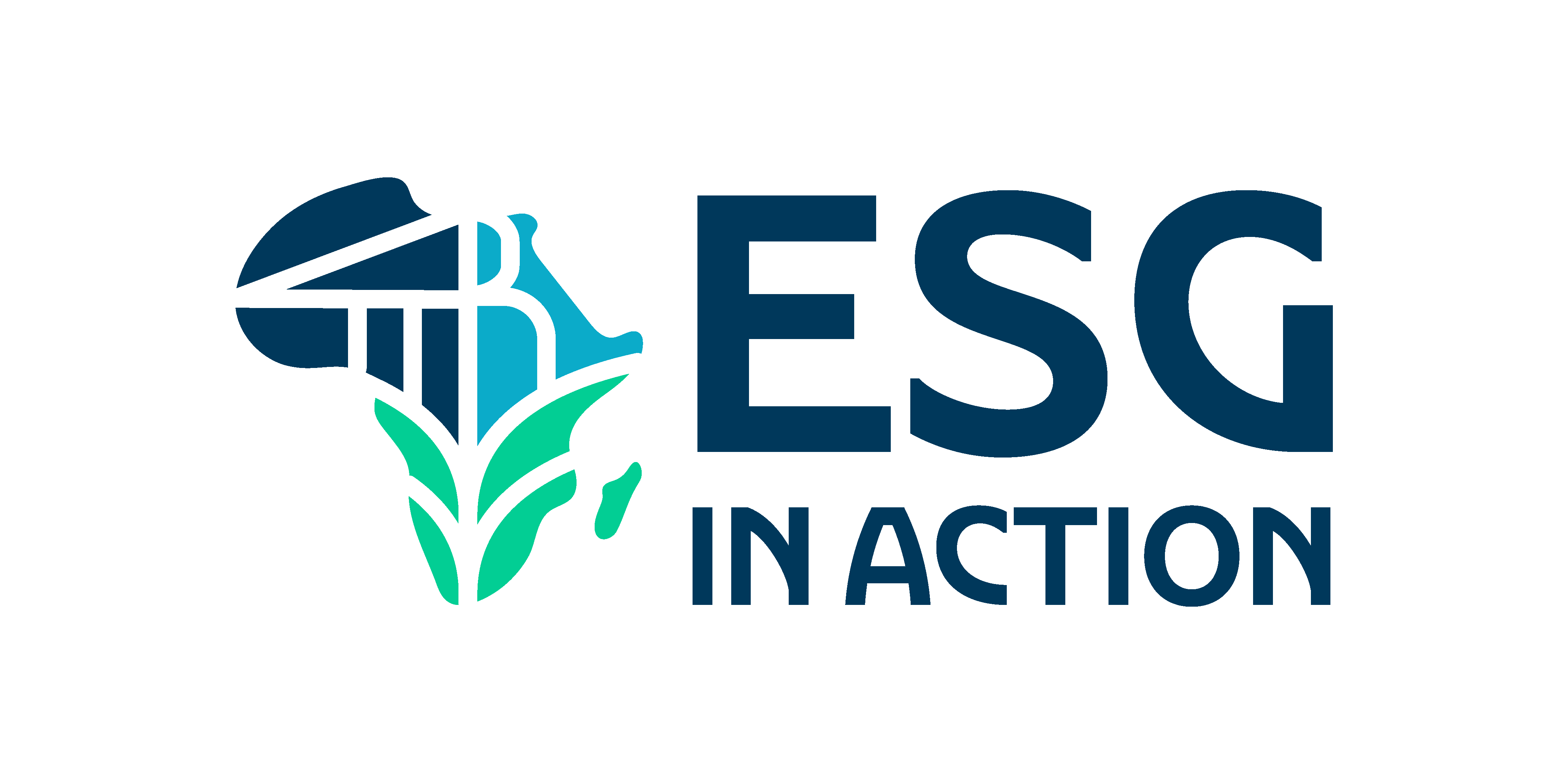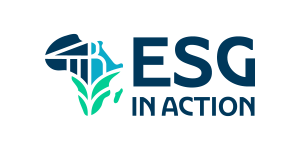
Understanding IFRS S1 and S2: A Comprehensive Guide for Corporate Boards


In recent years, sustainability-related financial disclosures have transitioned from a corporate afterthought to an essential governance function. This shift has been solidified with the introduction of the International Financial Reporting Standards (IFRS) S1 and S2, which demand much more than a compliance-based approach.
According to the guidelines, they now require companies to embed sustainability and climate-related risks and opportunities into their core business strategies, governance frameworks, and financial disclosures.
For boards, particularly those in companies operating within any sector exposed to sustainability risks (which is all sectors), these standards are not optional for Nigerian entities as they have been adopted by the government. In simple terms, they represent a fundamental change in how business risks are assessed, managed, and reported.


In our last article, we explained that the International Sustainability Standards Board (ISSB) introduced the IFRS Sustainability Disclosure Standards, establishing a global reporting framework. We also discussed that Nigeria’s Financial Reporting Council (FRC) has published a roadmap to guide companies through the adoption process. If you haven’t read it yet, we highly recommend doing so before diving deep into this edition of our blog post, as it provides additional context to our discussion here.
In today’s blog post, we will break down what IFRS S1 and S2 mean for boards of directors, explain their key requirements, and offer actionable insights on how your company can meet these demands effectively.
Companies are expected to disclose how these issues may impact the financial performance, strategy, and value of the organisation.
What Are the Core Requirements of IFRS S1 and S2?


In our interactions with clients, we discovered that many companies initially react to these standards with confusion or hesitation due to the level of detail and transparency required. However, when broken down, the core requirements of both IFRS S1 and S2 are clear and actionable.
- Identify and Disclose Material Sustainability Risks and Opportunities:
Under IFRS S1, companies must identify sustainability-related risks and opportunities that could affect their financial health. These include risks such as resource scarcity, waste management challenges, and supply chain vulnerabilities. The opportunity aspect is equally important. This is because companies must identify where sustainable practices could result in new revenue streams, cost savings, or enhanced brand value.
For example, a manufacturing company that relies heavily on the availability of raw materials from the local supply chain must disclose how supply chain disruptions, whether due to political instability, resource scarcity, or labour strikes, could affect the business’s bottom line. The company must also highlight the opportunities it sees in making its supply chain more resilient, such as by diversifying suppliers or introducing more sustainable sourcing practices.
- Address Climate-Related Risks and Opportunities:
IFRS S2 focuses exclusively on climate risks and opportunities. This standard pushes companies to assess climate risks in the same way they evaluate financial risks. A company must disclose not only physical risks related to climate change, such as extreme weather events or resource shortages, but also the financial implications of regulations such as carbon pricing and emission reduction targets.
For instance, an agriculture company that depends on rainfall for crop production would need to assess how changes in rainfall patterns due to climate change could affect its output. The company should also disclose how it is planning for this risk, such as by investing in irrigation systems or diversifying into more climate-resilient crops. Additionally, it would need to explore opportunities such as expanding into markets that prioritise organic or low-carbon products.
- Governance and Oversight:
Perhaps the most crucial and transformative aspect of IFRS S1 and S2 is the focus on corporate governance. These standards require companies to demonstrate strong governance structures to oversee sustainability and climate risks.
IFRS S1 and S2 explicitly demand that companies disclose:


- Who on the board or within management is responsible for sustainability-related issues?
- The processes and procedures that are in place for monitoring sustainability and climate risks.
- How often are sustainability risks and opportunities discussed in board meetings?
- Whether there are any performance incentives tied to environmental, social, or governance (ESG) outcomes.
This requirement reflects the growing recognition that sustainability is not a “side issue” but a core element of corporate governance. It demands that the board take direct responsibility for these risks and act proactively to manage them.
Practical Governance Actions for Boards


Boards are no longer in a position where they can passively approve sustainability reports or rely on other departments to address ESG risks. IFRS S1 and S2 are designed to hold the board accountable for identifying, overseeing, and addressing these risks. The standards create an expectation that the board will play an active role in steering the company through the complexities of sustainability challenges and opportunities.
Here are some key governance actions boards must take to comply with these standards:
1. Establish Clear Oversight of ESG and Climate Risks
It is imperative that boards clearly define who is responsible for sustainability and climate-related issues. This includes identifying board members or management committees that are specifically tasked with overseeing these areas. Whether it’s the risk management committee, the audit committee, or a dedicated ESG committee, the board must ensure that there is clear leadership in place.
2. Integrate ESG and Climate Risks into the Company’s Risk Management Framework
Boards should work with management to integrate sustainability and climate-related risks into the company’s broader Enterprise Risk Management (ERM) system. These risks should be mapped into the company’s risk register and analysed for their potential financial impact. This integration ensures that the board and management are not only identifying risks but actively planning for their mitigation.


3. Regularly Monitor and Review ESG and Climate Metrics
Given that sustainability and climate risks are dynamic, boards must regularly review and update their risk assessments. They should ensure that the company is keeping track of critical metrics such as carbon emissions, water use, waste management, and supply chain resilience. Regular updates and scenario analyses are necessary to keep the company on track and prepared for any future developments in the sustainability landscape.
4. Ensure Strategy Reflects ESG and Climate Considerations
Corporate strategy must be aligned with sustainability and climate risks. Boards should ensure that sustainability is a part of the strategic decision-making process, including long-term capital allocation, product innovation, and growth planning. For instance, if a company is heavily reliant on carbon-intensive operations, the board should consider whether this aligns with the company’s long-term strategy and market expectations around sustainability.
5. Link Incentives to Sustainability Outcomes
Finally, boards must consider linking executive compensation to sustainability outcomes. This could include bonuses or performance metrics tied to achieving sustainability goals, such as reducing carbon emissions or improving resource efficiency. Tying incentives to ESG results reinforces the importance of sustainability within the corporate culture and drives accountability across the organisation.
Conclusion


The introduction of IFRS S1 and S2 represents a significant shift in how companies must think about sustainability and climate-related risks. For corporate boards, these standards are not optional or a passing trend; they are a vital part of governance that directly impacts financial performance, risk management, and long-term value creation.
Boards must take proactive steps to integrate these standards into their governance frameworks, strategic planning, and risk management systems. Those that rise to the challenge will not only fulfil regulatory requirements but will also position their companies as leaders in sustainability, gaining the trust of investors, regulators, and consumers alike.
Failure to take these standards seriously is not just a risk to compliance but long-term performance and sustainability. It threatens the company’s ability to adapt to a rapidly changing world. The time to act is now.



